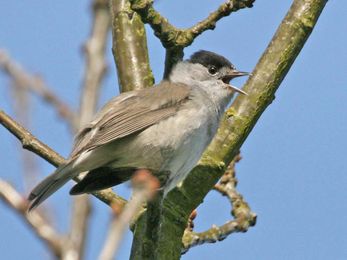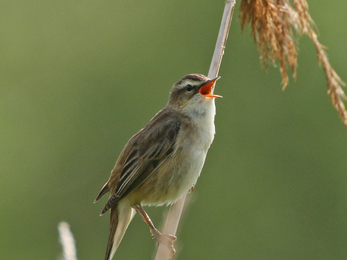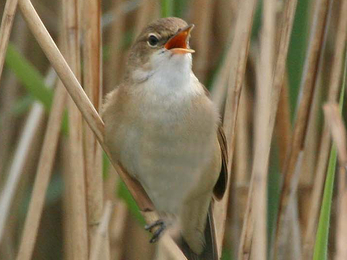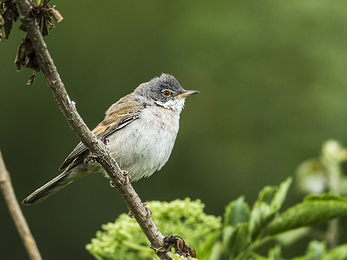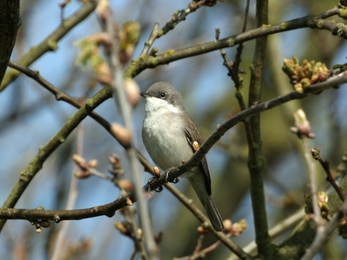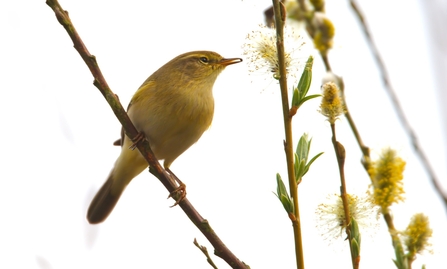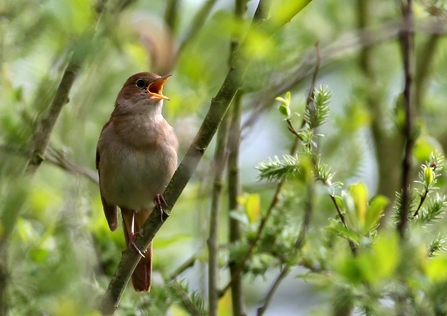The spring migration has been well underway for a few weeks now and it has brought many interesting species to our shores, but why come all this way? Most of our warblers come from the Mediterranean and Africa where they have sheltered from our cold, harsh winters, but now that our climate has changed with the seasons, the higher rainfall coupled with plenty of sunshine causes lots of lush vegetation to grow. This feeds insects (which feed the warblers) and gives the birds plenty of suitable song-perches and nesting spots!
The most obvious warbler for many, and the one that arrives first and sings first, is the chiffchaff. Leaving countries like Morocco at the end of February or the beginning of March, ‘chiffies’ often take just ten days to reach us (interestingly flying in 50km bursts) and immediately set about singing their name! If you stop to listen, you can often locate where their call is coming from- when they first get back there are few leaves on the trees and you should be able to catch a glimpse of them shuffling about as they sing, if you are patient. They often will be looking for food at the same time as singing- multi-tasking warblers!

